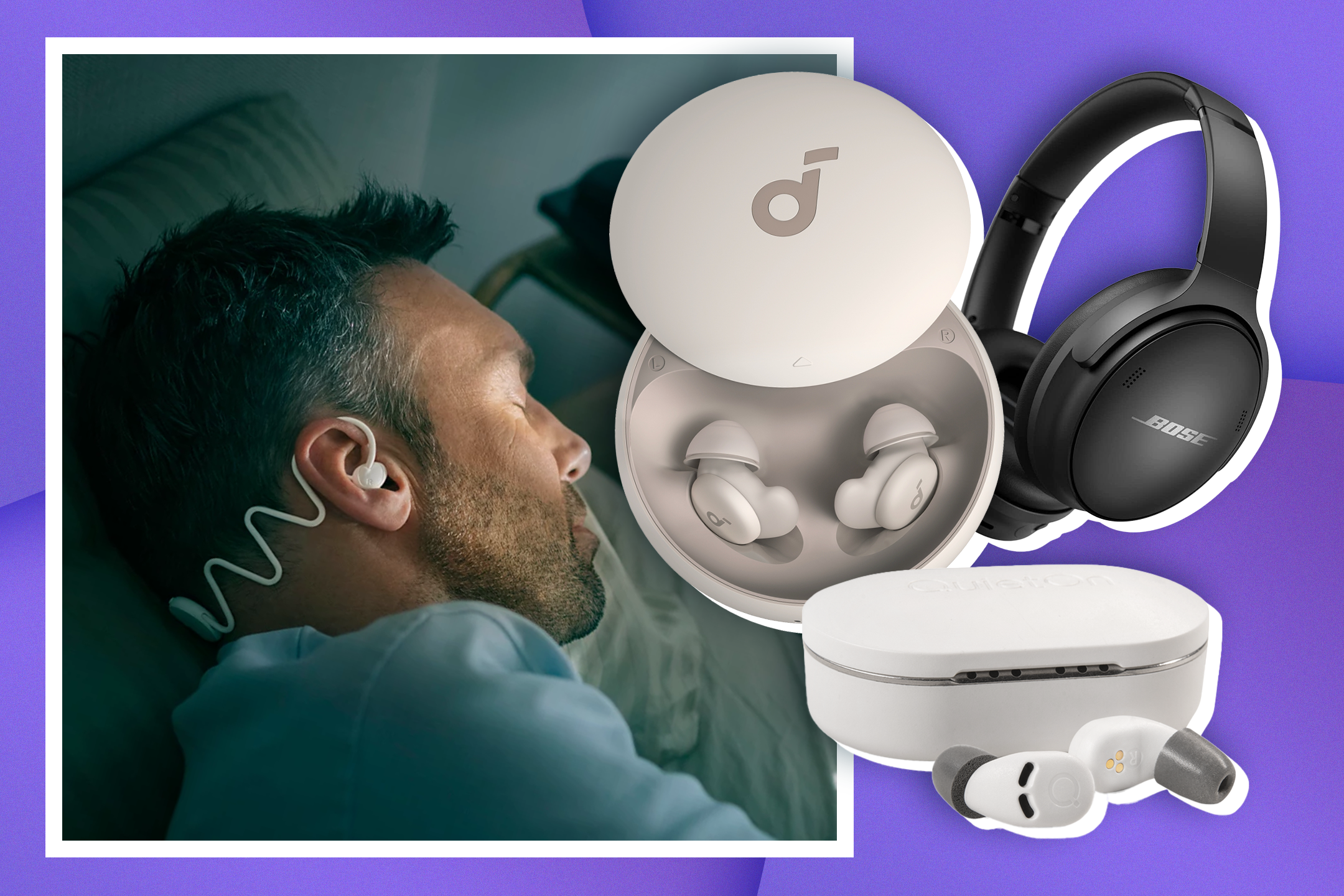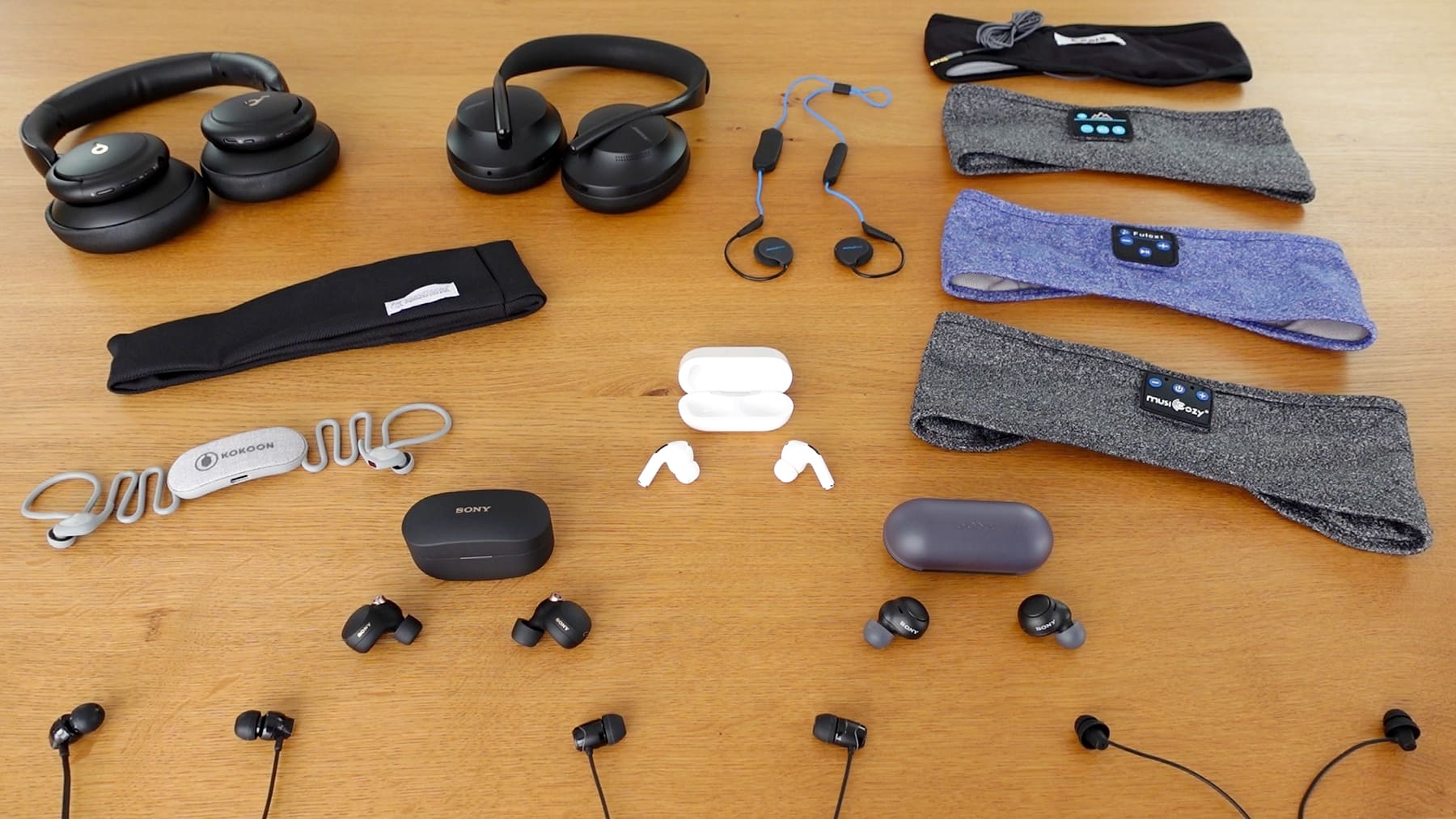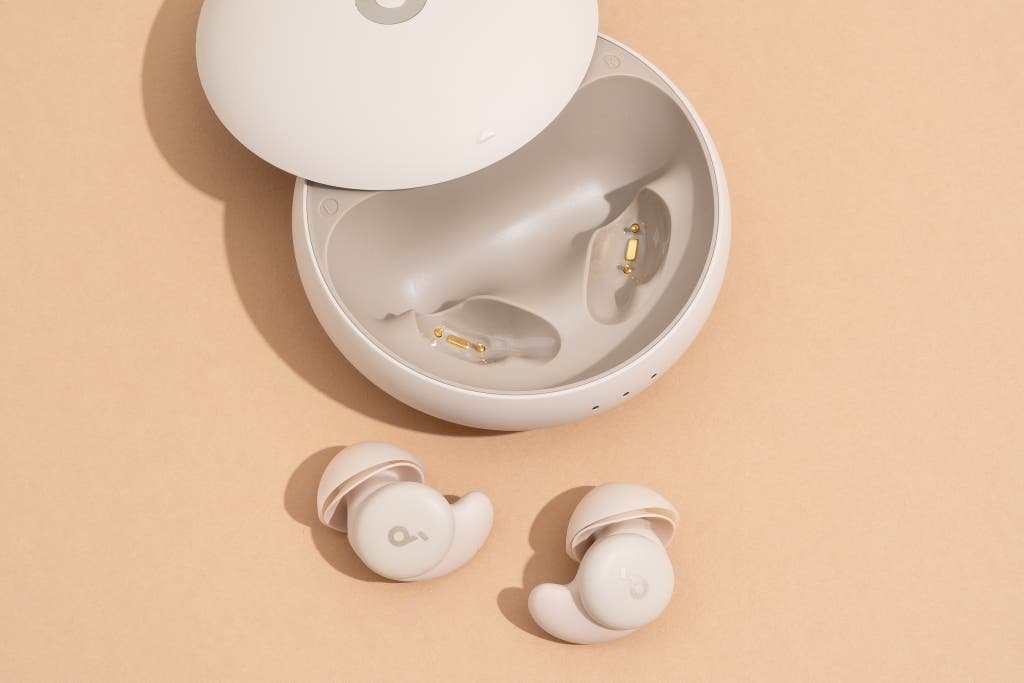Sleep Aid Headset Sound Quality: Best Headsets Compared
If you’re someone who struggles to fall asleep because of noise, light sleep, or simply need audio to relax, you’re not alone. At NeuroTechInsider.com, we’ve tested everything from vagus nerve wearables to 40Hz AVE headsets. But today, we’re zeroing in on a category that’s increasingly becoming a must-have for better sleep: sleep aid headsets. Let’s talk sound quality, comfort, and whether these sleep tech tools are worth your nightstand real estate.

Why Sound Quality in Sleep Headsets Actually Matters
When you’re investing in a headset specifically designed for sleep, you’re not just buying audio—you’re buying a sensory experience that shapes your brainwaves, heart rate, and mental focus before bed. Whether you’re listening to white noise, binaural beats, or ambient rain, clarity, bass balance, and isolation determine how effective that session is.
- High-frequency clarity can enhance spoken content like audiobooks and guided meditations.
- Mid-bass accuracy helps you feel more immersed in soundscapes or ambient music.
- Low sound leakage ensures you don’t disturb your partner or wake up to a loud hum at 3AM.
“Sleep is a symphony, and your headset is the conductor.” — NeuroTech Insider Sleep Labs
Headband Sleep Headphones: Comfortable, Not Audiophile-Grade
For the side sleepers and comfort-first crowd, headband-style sleep headphones like SleepPhones, CozyPhones, and Musicozy are practically the gold standard. But let’s not sugarcoat it: the sound quality is… decent. These models often favor neutral profiles with limited bass response.
Pros & Cons
- Pros: Ultra-soft, flat design perfect for side sleepers; washable headbands; support Bluetooth streaming
- Cons: Weak bass, compressed soundstage, no active noise cancelling (ANC)

Our Take on the Top Models
SleepPhones Wireless are still the reigning champ, delivering acceptable sound with a smooth headband finish. Musicozy offers louder volume but distorts easily above 75%. CozyPhones are the most budget-friendly, ideal for podcasts or white noise apps.
Headband styles are ideal if your sleep routine includes:
- Guided meditations or audiobooks
- Soft rain or white noise apps like Calm or BetterSleep
- Comfortable long-term wear without in-ear pressure
In-Ear Sleepbuds: Built for Silence, Not Streaming
If your #1 goal is to block out snoring, traffic, or noisy neighbors, in-ear sleepbuds are your best bet. These are compact, low-profile, and surprisingly powerful in passive or active noise masking. The catch? Most models like Bose Sleepbuds II or QuietOn 3.1 don’t let you stream your own music.
How They Work
Instead of prioritizing fidelity, in-ear sleepbuds focus on audio masking. They emit preloaded loops of white, pink, or brown noise, engineered to disrupt sound patterns in your environment. Models like QuietOn use active noise cancellation (ANC) to eliminate low-frequency hums, such as snoring or air conditioning units.
Limitations
- No Bluetooth streaming in most models
- Limited sound variety (usually 10–30 loops)
- Not suitable for music lovers or podcast listeners

Best In-Ear Picks
Bose Sleepbuds II offer the most polished user interface and noise masking library. QuietOn 3.1 is slightly more comfortable for side sleepers and shines in ANC performance. Ozlo Sleepbuds are newer but gaining traction for hybrid sound and mask pairing options.
Choose in-ear sleepbuds if:
- You sleep next to a snorer
- You live in a city or apartment with background noise
- You prioritize peace over personalization
Coming Up…
Next, we’ll break down the power of traditional wireless earbuds like AirPods Pro 2 and Sony WF-1000XM5 — for those who want **superior sound**, smart ANC, and app-controlled EQ settings right from bed.

Stay tuned for part 2 — and if you’re serious about better sleep through tech, check out our in-depth feature on the NeuroVIZR — a light-sound AVE headset backed by 40Hz research and real-world brainwave tracking.
Traditional Wireless Earbuds: High-Fidelity Sound, But Sleep Trade-Offs
If you’re not ready to sacrifice sound quality—even in bed—then traditional wireless earbuds like the Apple AirPods Pro 2, Sony WF-1000XM5, and Samsung Galaxy Buds 2 Pro might be your best bet. These are not sleep-specific, but their premium audio performance and advanced ANC put them light-years ahead in sound delivery.
Why Audiophiles Might Prefer Traditional Earbuds
- Rich soundscapes with crisp highs, defined mids, and immersive bass
- App-controlled EQ customization for tailored listening profiles
- Industry-leading active noise cancellation for total auditory isolation
- Seamless Bluetooth streaming from any app: Spotify, Calm, YouTube, you name it
But there’s a catch: most wireless earbuds are **not sleep ergonomics-friendly**. They’re great if you sleep on your back, but can become painful or dislodged for side sleepers after a few hours.
Who Are These For?
- Sleepers who listen to high-bitrate music, ASMR, or spatial audio
- Back sleepers or recliners with low physical movement during rest
- Users seeking one device for both daily wear and bedtime listening
Want proof? The Wirecutter 2024 guide found that the Sony WF-1000XM5 outperformed every other set of wireless earbuds in both ANC and comfort — but still cautioned against side-sleep use for more than 5 hours.
“Comfort is subjective. If you’re chasing sound perfection, traditional earbuds win. If you’re chasing uninterrupted sleep, go with a design made for bed.” — NeuroTechInsider.com Editors
Headset Comparison Table
| Type | Sound Quality | Bass | Noise Blocking | Comfort | Streaming |
|---|---|---|---|---|---|
| Headband (e.g. SleepPhones) | Moderate | Weak | Passive only | Excellent (best for side sleepers) | Yes |
| In-Ear Sleepbuds (e.g. Bose) | Limited | Low | Strong (ANC + passive) | High | Sometimes |
| Traditional Earbuds (e.g. AirPods Pro) | High-fidelity | Strong | Advanced ANC | Moderate (back sleepers only) | Yes |
Key Takeaways: Choose Based on What Matters to You
There’s no one-size-fits-all in the world of sleep audio. Here’s how to decide:
- If comfort and long-wear are #1, go for headband-style headphones
- If noise blocking is essential, choose ANC-enabled sleepbuds like Bose or QuietOn
- If sound quality is non-negotiable, pick AirPods Pro 2 or Sony WF-1000XM5
Whichever you choose, always test them during a nap before committing to an overnight session. Small discomforts can compound during long sleep cycles.
Further Exploration
Want to go deeper into sleep tech that stimulates brainwaves—not just blocks sound? Explore our feature comparisons on:
- NeuroVIZR: Light-Sound AVE Headset
- Sensate 2: Vagal Nerve Toner
- Audicin: Bone Conduction for Sleep Focus
At NeuroTechInsider.com, we don’t just rate devices—we contextualize them in your real-world sleep needs. Our reviews are built on science, sleep studies, user data, and personal testing.
Frequently Asked Questions (FAQ)
Can I use normal wireless earbuds for sleep?
You can—but only if you’re a back sleeper. Bulky earbuds tend to hurt or fall out when lying on your side.
Do sleep headphones affect brainwaves?
Indirectly, yes. Audio content like binaural beats or pink noise has been shown in studies to modulate brainwaves into theta or delta states. However, the headphones themselves are passive—unless paired with light or vibration stimulation like in AVE headsets.
Are ANC earbuds safe to wear all night?
Yes, provided volume is low. Long-term use at high volume may impact hearing. Always test for pressure discomfort caused by ANC before overnight use.
What’s the best sleep headset if my partner snores?
We recommend QuietOn 3.1 or Bose Sleepbuds II for their industry-leading snore-cancelling performance.
What’s the quietest headset for side sleepers?
SleepPhones Wireless and CozyPhones top the list. Soft headbands with embedded flat speakers make them almost unnoticeable when lying on your side.
Conclusion: Your Sleep, Your Sound
Whether you’re drowning out the city, your partner’s snoring, or your own racing thoughts, there’s a sleep headset designed for your brain and body. And in 2025, sleep tech has come far beyond just earbuds. It’s evolved into a full ecosystem of neuro-optimized, comfort-forward solutions.
So take your pick—comfort, clarity, or control. Because how you sleep… starts with what you hear.
Want more science-backed sleep tech insights? Join the NeuroTech Insider newsletter and never miss a brain-boosting device update.
https://cdn.thewirecutter.com/wp-content/media/2024/10/sleep-headphones-2048px-4335.jpg?auto=webp&quality=75&width=1024
